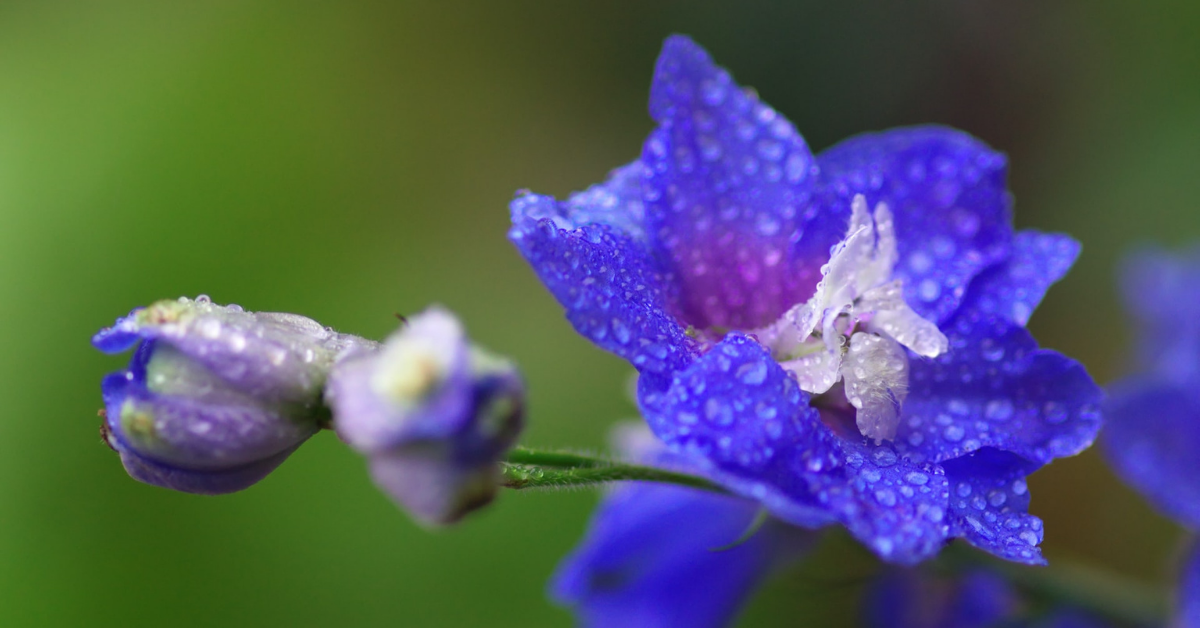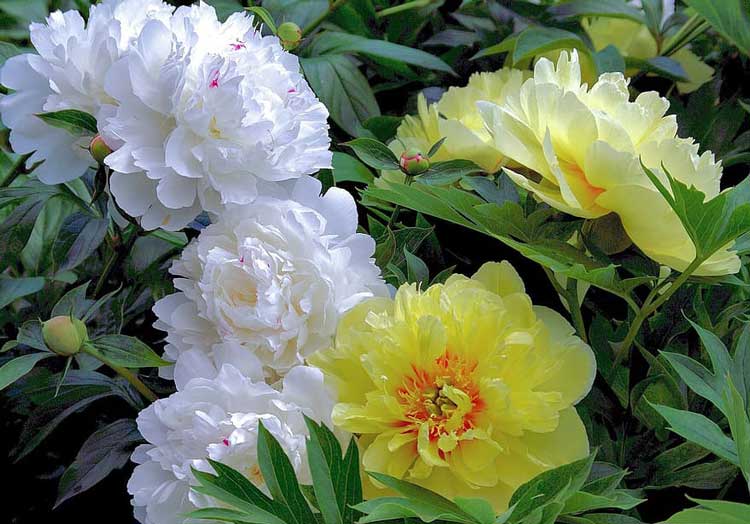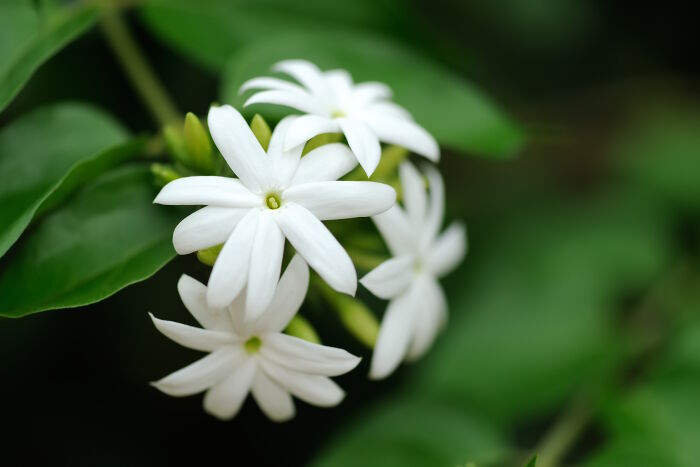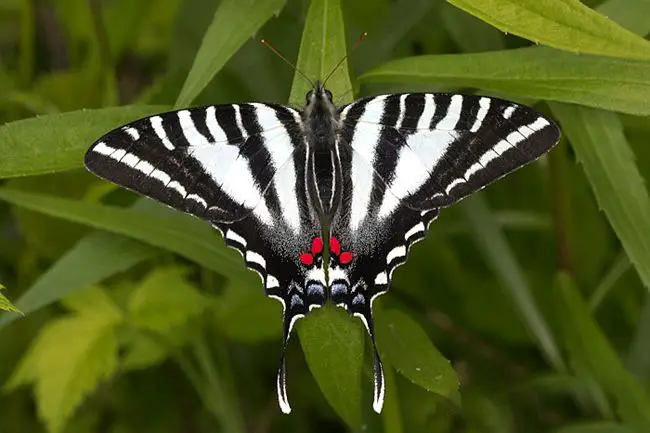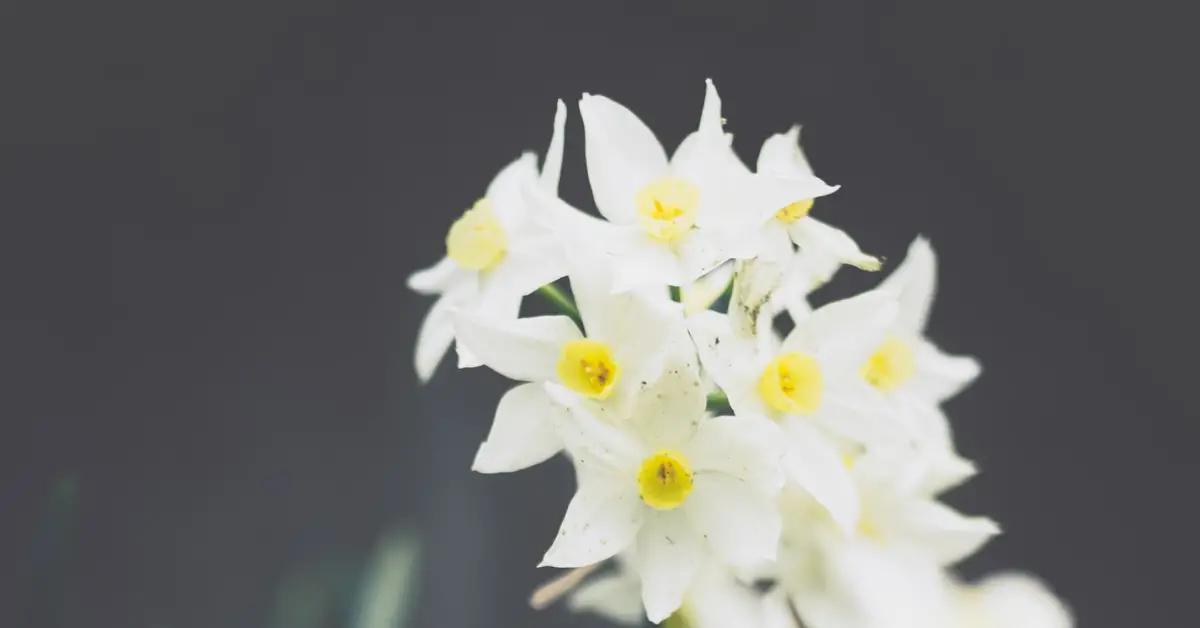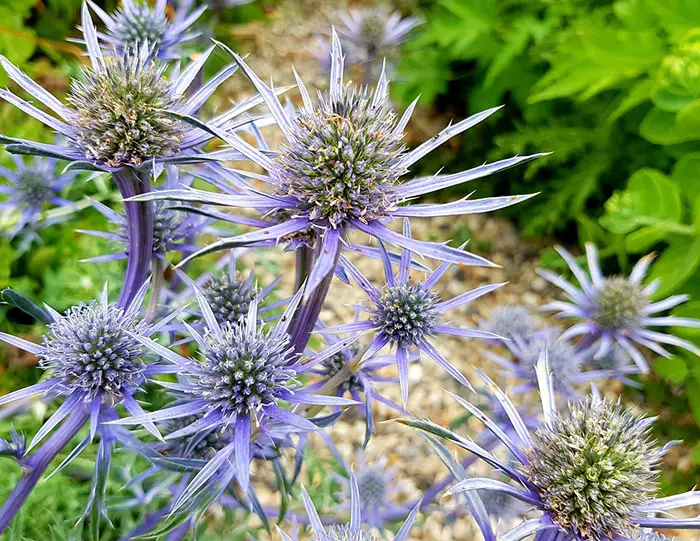Flowering Plants of Aster
Aster plants can be found in most gardens in Europe and America and come in a range of varieties. Aster is a genus of the flowering plant belongs to the Asteraceae family. There are nearly 180 species of Aster genus members. The plant is versatile even though more people have planted varieties of aster plants for their garden and the nectar supply for the pollinators. It’s late bloom help for a continuous supply of nectars for Bees and Butterflies. This way, they can invite butterflies and bees into their backyard. The blooming asters are attractive to everyone even if they’re not flower enthusiasts. An aster plant can grow up to eight feet depending on the variety that makes it perfect for a garden plant. Generally, commonly gardening Aster species are White Wood Aster and New England Aster plant.
Aster plants would prefer cool climates and moist environments in the summer with cool temperatures and full to partial sun exposure. However, avoid areas with heated mid-day sun if you want to plant asters. Aster plants would need moist, well-drained soil and you’d need to evenly mix the soil with compost before planting asters. Loamy soil is perfect for Aster plants.
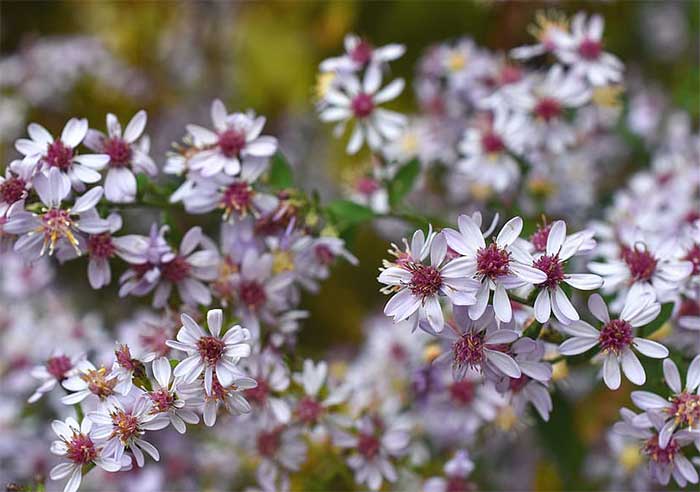
Planting Aster plants
Growing asters from seeds need some extra effort but are not difficult. It would help if you simulated the winter dormancy by keeping aster seeds in the refrigerators for at least a month to support the germination. Then, you can sow seeds in the soil under sunny areas in your place but not direct sun exposure. Taking sowed plants outdoors should avoid frost time. It’s highly advisable to plant asters in your garden when spring or it’s about to end.
Aster plants require a lot of water but with good drainage, especially in the not-rainy summers. No specific requirements except adding mulch following the planting to restrict the growth of weed plant and maintain soil’s temperature. Some tall aster varieties may need additional support. You can leave dead foliage for winter interest or prune them to shape the plant for the next batch. Dried asters are also important, and you can cut them down when entering a cold winter for indoor arrangement.
Aster Flowers
Aster flowers come in diverse colours depending on the species and the cultivar. White, pinks, blues, scarlet, and purple could have been the most popular aster colours found in most gardens around the world while there is more spectrum of colours brought by hybrid asters. For example, the New England Aster can bloom lavender, purple and pink flowers. These asters would typically bloom from August to October so that many people call aster flowers to fall flowers. The flowers are favourite pollinators, inviting birds and some butterfly species to your garden.
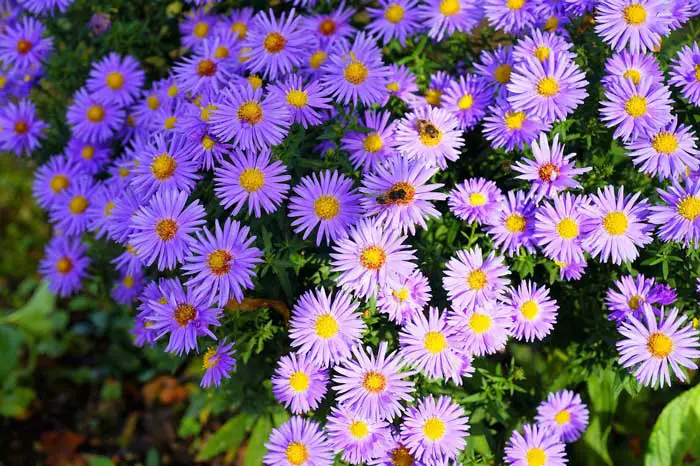
Flowers may vary in size, quantities, and colour for different Aster species. New York asters may bloom bright pink and bluish instead of deep purple while the flowers can be single or double. The blue wood aster would bloom flowers with blue colour graded to white colour in a bushy manner. The small, white flowers are typically owned by the heath aster that grows low and covers the ground. The small-sized lavender flowers would bloom from the tall smooth aster. The compact-growing Rhone aster has star-shaped blue flowers while Switzerland’s Frikart’s aster has the same colour but with large size flowers.
Currently, there are hundreds of aster species that include native and hybrid plants around the world. The flowers are also various, and people have planted them for flower gardens, borders, butterfly gardens, and so forth. While Aster plants have come in different sizes and shapes, they’d generally bloom in fall if planted in the spring. The flowers will return in the next few years if they planted two months before the cold winter. If you want to plan faster, a New England aster plant could be the best species to start with as they’re easy to grow, versatile, and inviting.
New England Aster plant
The new England Aster has become the most popular yet recommended aster variety everyone can plant alongside the New York aster. It’s native to North America and has extremely attractive flowers that suit diverse sizes of gardens. You can enjoy a range of flower colours from New England asters magenta, violet, pink, and deep purple. The plant can grow up to six feet tall and invites bees and butterflies to your garden. This variety is also usually called a Michaelmas daisy plant.
White Wood Aster plant
White Wood Aster (Eurabia divaricata) is the bushy aster plant variety with small starry white flowers with yellow or pink centres. This delightful flowering plant is native to Eastern North America. White wood Aster species is most common in North America while it is considered as threatened species in Canada. Because plants distribution has restricted to the small area.
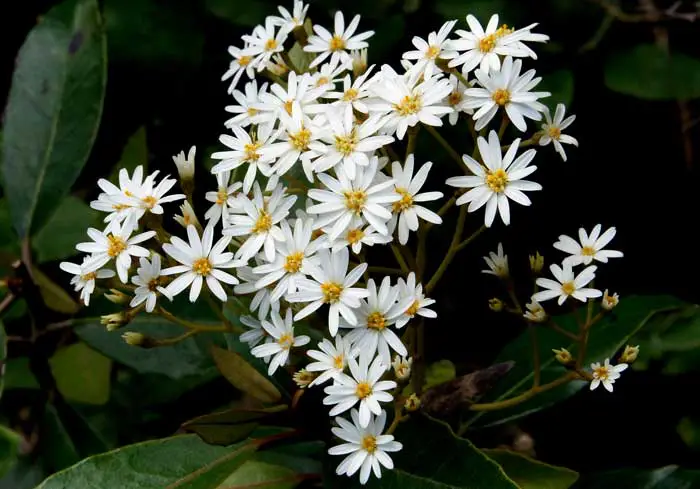
Even though the flowers are small, you can find white wood aster blooming tons of flowers and can last for weeks. Not only become an attraction to your neighbour, but butterflies would happily visit your garden if you plant white wood aster there. The flowers would bloom in the late summer and fall. The plants can grow up to two feet tall and two feet white.
White wood aster is generally tolerable to diverse environments and has considerably low requirements to grow. The plants can tolerate dry conditions, and they can grow in soil under shade to full shade with good drainage. Even shallow-rocky and heavy shade soil won’t stop white wood aster from growing. They have heart-shaped leaves and plenty of flowers when blooming. White wood aster usually appears (or are planted) in flat-topped clusters.
Planting White Wood Aster
This aster variety is considerably easy to grow compared to other varieties and cultivars. However, the clay soil with poor drainage could cause aster wilt problems as white wood aster grows. Whitewood aster has multiple gardens uses whether it’s for open shade gardens, cottage gardens, or native plant gardens.
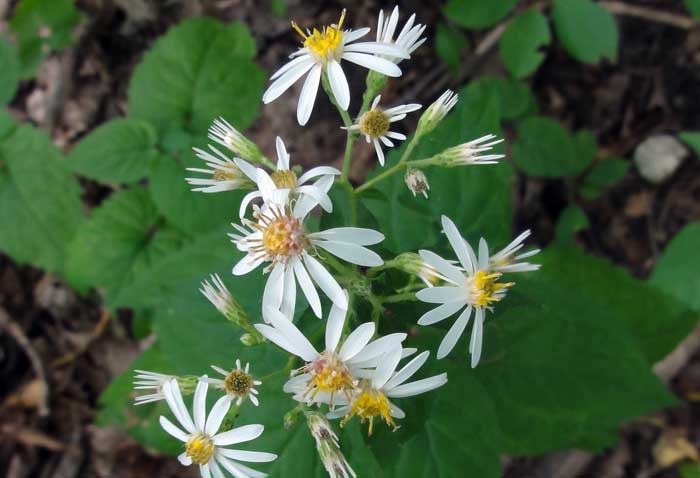
You can find white wood as it grows in woodland areas, but you may do some easy maintenance if you want to plant one in your garden. Ensure that the soil is well-drained and check for powdery mildew. You can cut back after flowering to propagate new white wood aster plants. Even though they are flat-topped, you may do some tidying pruning if you grow the plan at the border. They are resistant to deer and rabbit so, yes, it would be a perfect natural fence for your garden or backyard. The massive number of flowers would even enhance your garden and invite adorable visitors (Butterflies and Bees).

